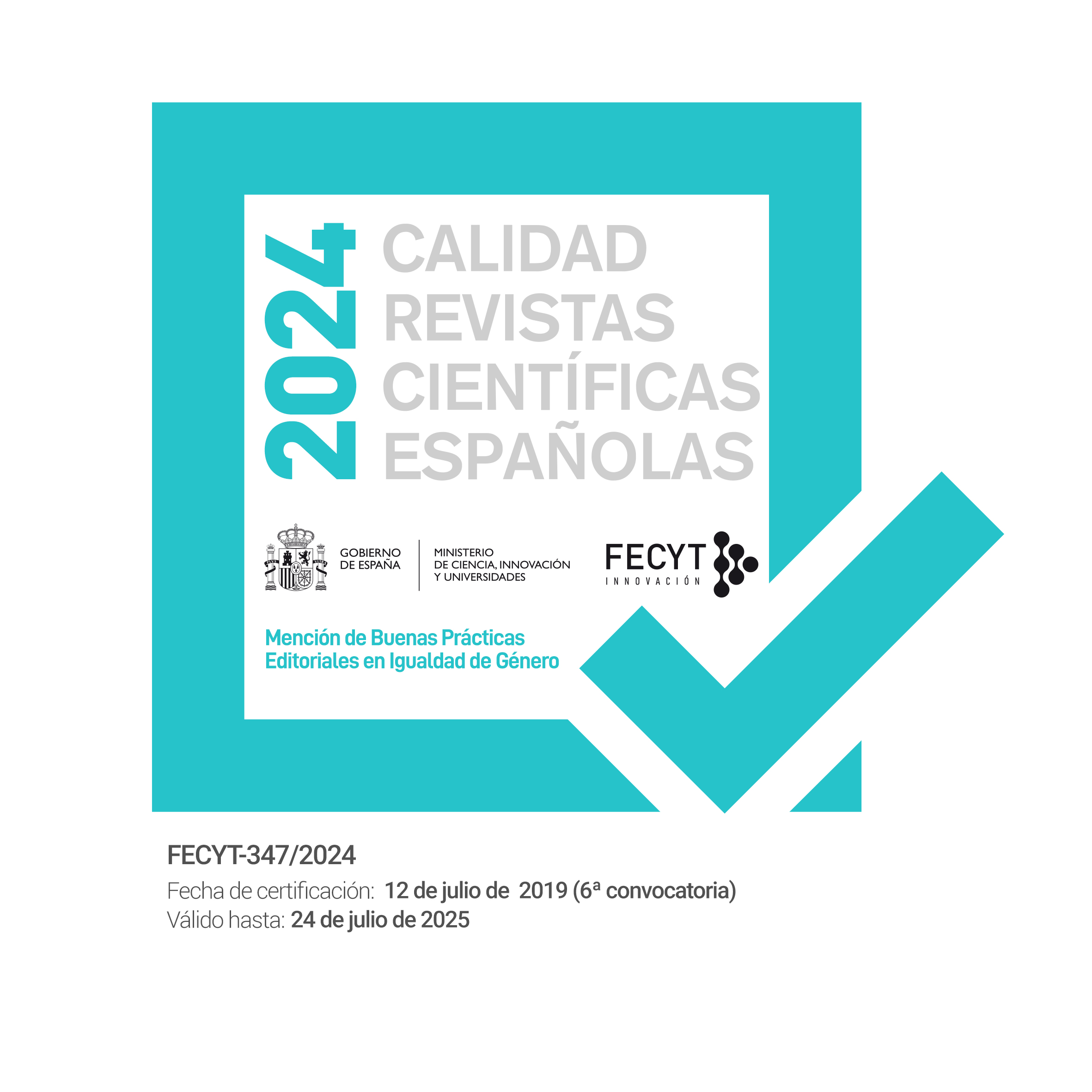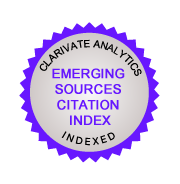Nuevos datos documentales sobre Enrique Egas y la Catedral de Coria
DOI:
https://doi.org/10.5944/etfvii.15.2002.2395Abstract
La revisión de las Actas Capitulares de la Catedral de Coria (Caceras) ha puesto de manifiesto la intervención del maestro Enrique Egas. Hacia agosto de 1495 el cabildo mantiene los primeros contactos con el maestro Enrique y le encarga la construcción de los pilares de su presbiterio. En la remodelación de la Iglesia existente se plantea la consecución de una planta de salón que actualmente con la nueva iluminación ha alcanzado unas dimensiones majestuosas, muestra su perfección y preludia las plantas de Toledo y Granada. Posiblemente este logro arquitectónico es la adecuación al marco preexistente, la mezquita musulmana que en los tres casos existió.
The review of the Chapter Acts of Coria 's Cathedral (Caceres) has shown the intervention of Ivlaster Henry Egas. At August 1945, the Chapter initiated the contacts with Master Henry and asked him to build the pillars of the presbytery. When the church was remodelled, the room plan got majestic dimensions with the new lighting, announcing the ones of the cathedrals of Toledo and Granada. This architectonic achievement is possibly the adaptation to the existing framework: the Muslim mosque which had been in existence in the three cases.
Downloads
Downloads
Published
How to Cite
Issue
Section
License
Authors who publish in this journal agree to the following terms:
- Authors retain copyright and grant the journal right of the first publication with the work simultaneously licensed under a license Creative Commons Reconocimiento-NoComercial 4.0 Internacional that allows others to share the work with an acknowledgement of the work's authorship and initial publication in this journal.

- Authors are able to enter into separate, additional contractual arrangements for the non-exclusive distribution of the journal's published version of the work (e.g., post it to an institutional repository or publish it in a book), with an acknowledgement of its initial publication in this journal.
- Authors are permitted and encouraged to post their work online (e.g., in institutional repositories or on their website) prior to and during the submission process, as it can lead to productive exchanges, as well as to earlier and greater citation of the published work (See The Effect of Open Access).








